MANUAL THERAPY
INTERFERENTIAL THERAPY
ULTRASOUND THERAPY
CERVICAL TRACTION THERAPY
LUMBAR TRACTION THERAPY
TRANSCUTANEOUS ELECTRICAL NERVE STIMULATION
EXERCISE THERAPY TECHNIQUES
SHORT WAVE DIATHERMY
FLEXIBILITY TRAINING
STRETCHING TECHNIQUES
HOT & COLD THERAPY
MYOFASCIAL RELEASE
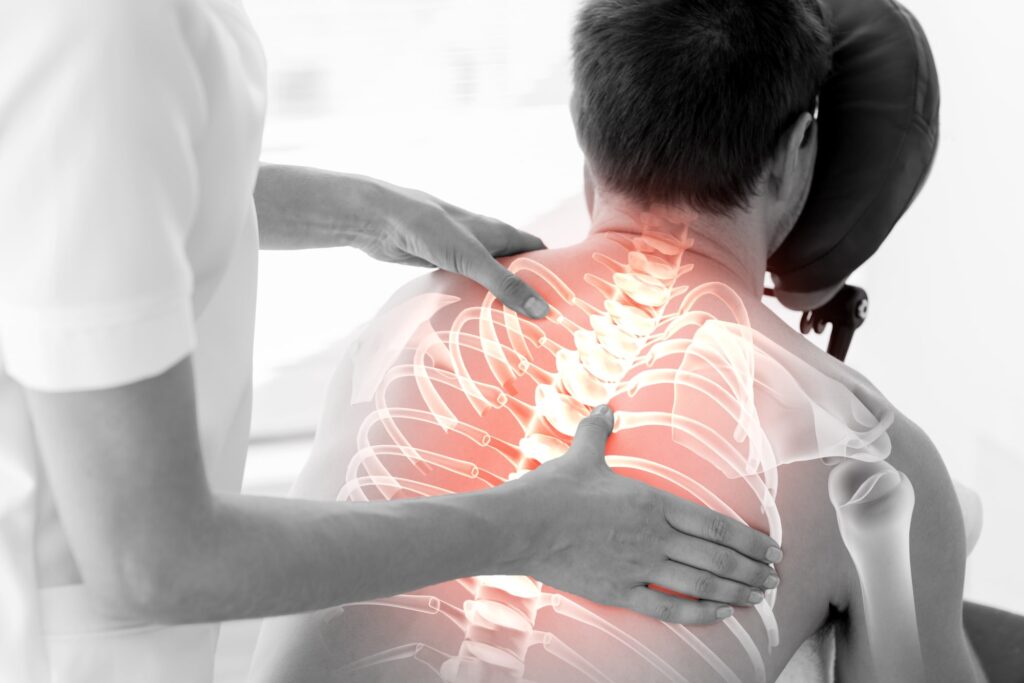
Manual therapy, or manipulative therapy, is a physical treatment primarily used to treat musculoskeletal pain and disability; it mostly includes kneading and manipulation of muscles, joint mobilization and joint manipulation.
Manual therapy includes specific techniques used to treat musculoskeletal pain and dysfunction and can assist in providing a multitude of benefits. Manual therapy techniques assist in restoring fluid motion to the affected joint or soft tissue with the focus on better overall movement.
Unlike other aspects of physical therapy, the overall goal of manual therapy is to relieve pain and restore functionality through the use of natural body movements. Its hands-on approach allows for a combination of art and science to benefit each unique patient.
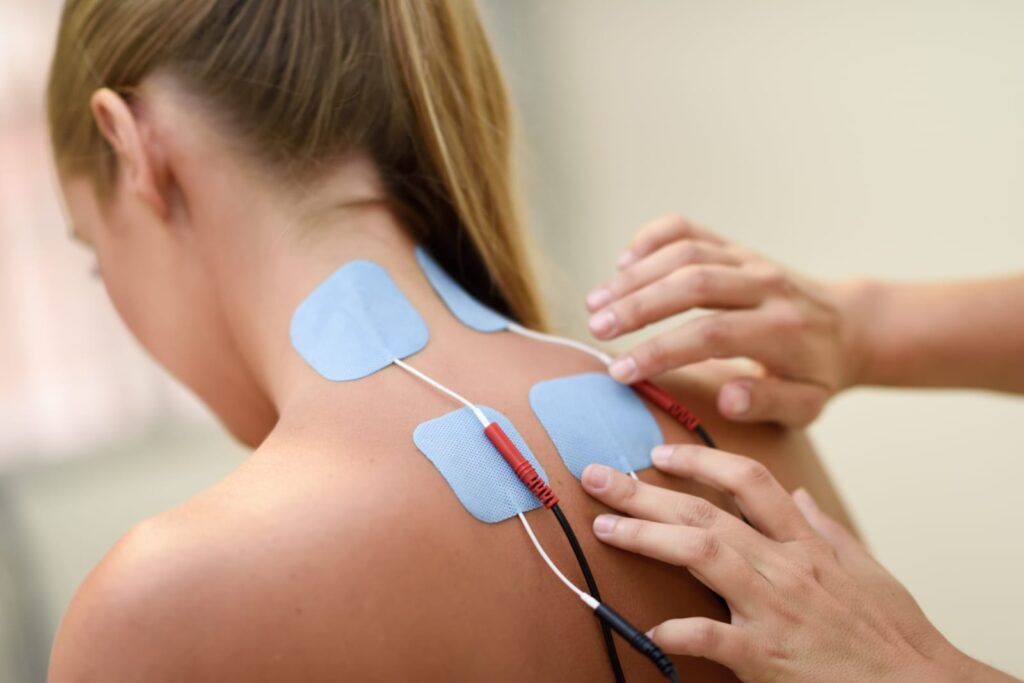
Interferential Therapy or (IFT) is a type of electrotherapy treatments that use electric currents to stimulate tissue which provides pain relief, reduction of swelling and many other health benefits. IFT uses a range of frequencies which stimulate the body to get positive reactions such as increasing blood supply in an area which increases the healing speed.
In the USA, Interferential Therapy is approved for the symptomatic relief and management of chronic (long-term) intractable, post-traumatic and post-surgical pain.Many medical professionals use Interferential Therapy for its drug-free, non-invasive promotion of healing and pain relief. IFT in physiotherapy has become incredibly popular due to the ease of use, lack of side effects and the amazing feedback from people suffering from a variety of different conditions.
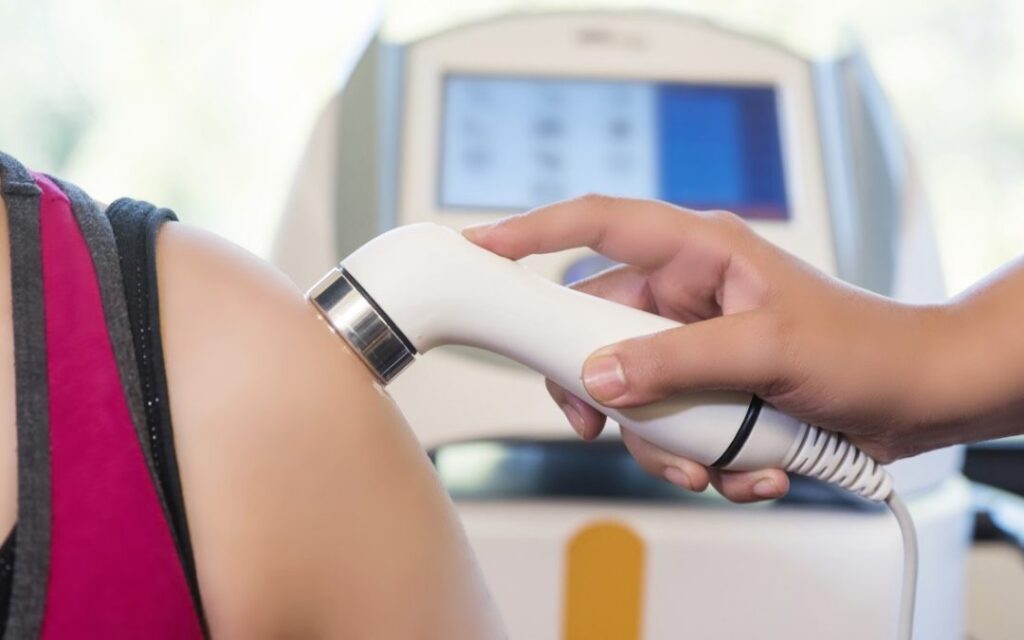
Ultrasound therapy is an electrotherapy which has been used in physiotherapy practices for many years.There are many painful conditions where ultrasound therapy has been found to be very effective. Its deep micro-massage effect and internal warmth effect can cure many chronic pain cases.
The compression & rarefaction effect of US rays produces a micro-massage effect in deeper tissues, produces a thermal effect, improves blood circulation and thus helps heal internal injury/stiffness and pain.

Exercise therapy is a regimen or plan of physical activities designed and prescribed to facilitate the patients to recover from diseases and any conditions, which disturb their movement and activity of daily life or maintain a state of well‐being. For most adults, an exercise program including aerobic, resistance, flexibility, and neuromotor exercise training is indispensable to improve and maintain physical fitness and health.Therapeutic exercises are movements and physical activities designed to restore function and flexibility, improve strength and decrease pain.
Therapeutic exercise may include
Aerobic and endurance conditioning and reconditioning agility training;
body mechanics training;
breathing exercises;
coordination exercises;
developmental activities training;
movement pattern training;
neuromotor development activities training;
neuromuscular education or reeducation;
perceptual training;
range of motion exercises and soft tissue stretching;
relaxation exercises;
strength, power, and endurance exercises.
Therapeutic exercise may include:
aerobic and endurance conditioning and reconditioning
agility training;
body mechanics training;
breathing exercises;
coordination exercises;
developmental activities training;
movement pattern training;
neuromotor development activities training;
neuromuscular education or reeducation;
perceptual training;
range of motion exercises and soft tissue stretching;
relaxation exercises;
strength, power, and endurance exercises.
1)Strengthening exercises, usually performed with heavy resistance and fewer repetitions.
2) Endurance exercises that engage large muscle groups over a longer period of time, in the area of 50 to 60% VO2Max to achieve greater cardiovascular endurance.
3) Flexibility exercises achieved through stretching and movement.
4) Balance and coordination exercises that focus on maintaining an individual’s centre of gravity.
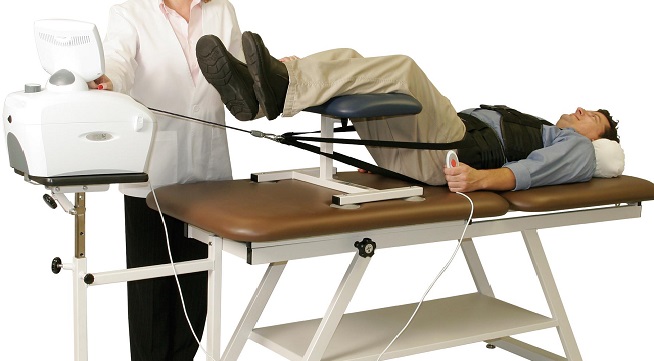
Cervical/Lumbar traction is a form of decompression therapy that we are happy to offer at our J.P Nagar Medical And Physiotherapy Centre physical therapy practice.
Cervical/lumbar traction is a therapy that stretches the spine to relieve pressure on compressed nerves and stretch tight muscles, in order to treat back and neck pain.
Cervical traction is a quick, easy treatment for neck pain caused by lots of conditions.Cervical traction is a treatment for neck pain that involves lightly pulling on your head to create space between the bones in your neck (your cervical vertebrae).People who benefit from cervical traction often have an instant improvement in their neck pain after a few treatments. Some of the most common benefits include:
Reduced pain.
Reduced stiffness and tension in your neck muscles.
More flexibility in the muscles along your cervical spine.
Lumbar (low back) traction helps to separate the spaces between your vertebrae, the bones that make up your spine. In theory, slightly separating these bones can help take the pressure off pinched nerves (such as the sciatic nerve) to decrease your pain and improve your mobility.
A common physical therapy treatment for relieving back pain is lumbar traction. This has proven to significantly help in getting patients back to their normal levels of function. With lumbar traction, you can find some much-needed relief and get back to comfortably living your daily life.
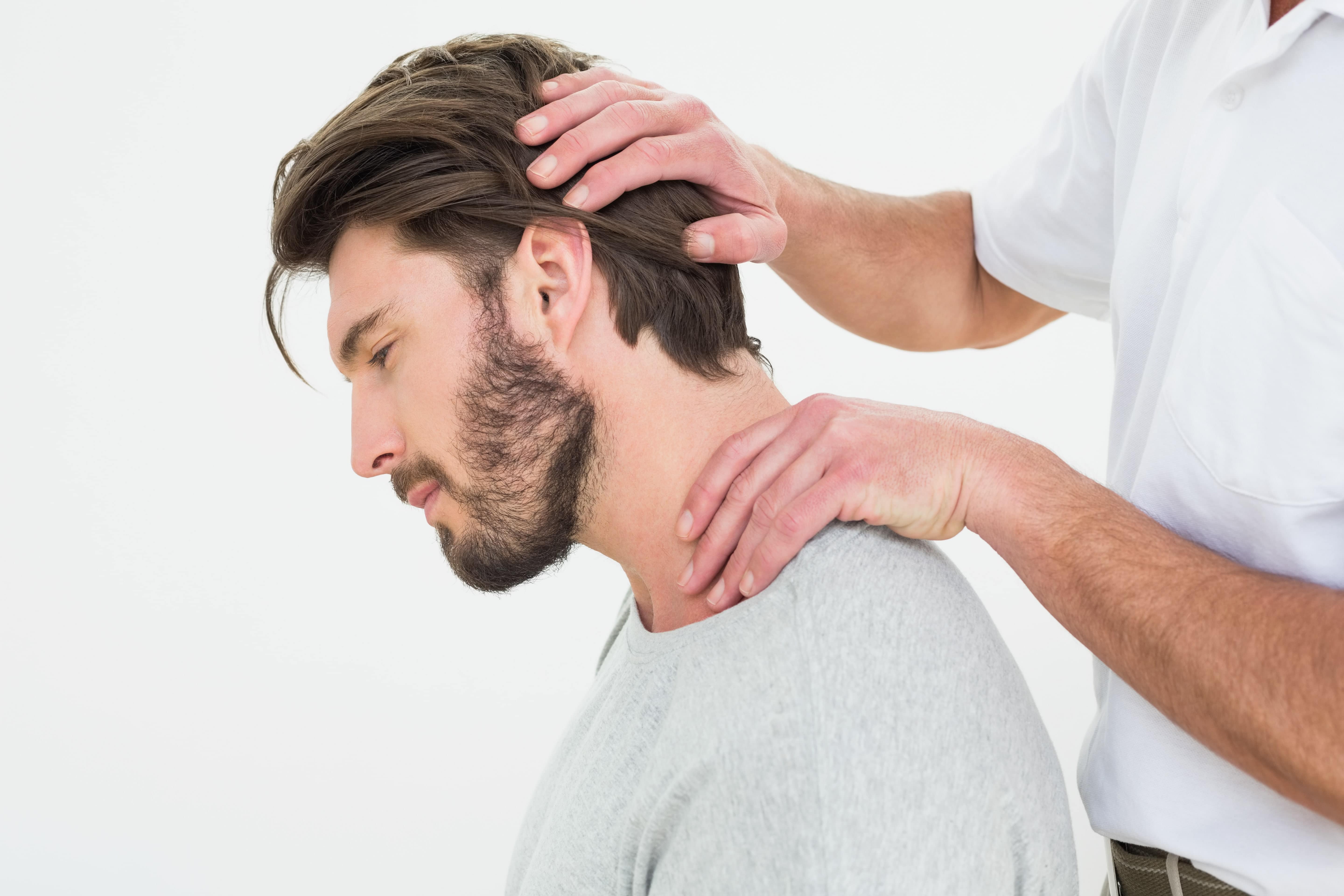 Myofascial release is a type of physical therapy often used to treat myofascial pain syndrome. Myofascial pain syndrome is a chronic pain disorder caused by sensitivity and tightness in your myofascial tissues. These tissues surround and support the muscles throughout your body. The pain usually originates from specific points within your myofascial tissues called “trigger points.”
Myofascial release is a type of physical therapy often used to treat myofascial pain syndrome. Myofascial pain syndrome is a chronic pain disorder caused by sensitivity and tightness in your myofascial tissues. These tissues surround and support the muscles throughout your body. The pain usually originates from specific points within your myofascial tissues called “trigger points.”
Myofascial release focuses on reducing pain by easing the tension and tightness in the trigger points. It’s not always easy to understand what trigger point is responsible for the pain. Localizing pain to a specific trigger point is very difficult. For that reason, myofascial release is often used over a broad area of muscle and tissue rather than at single points.
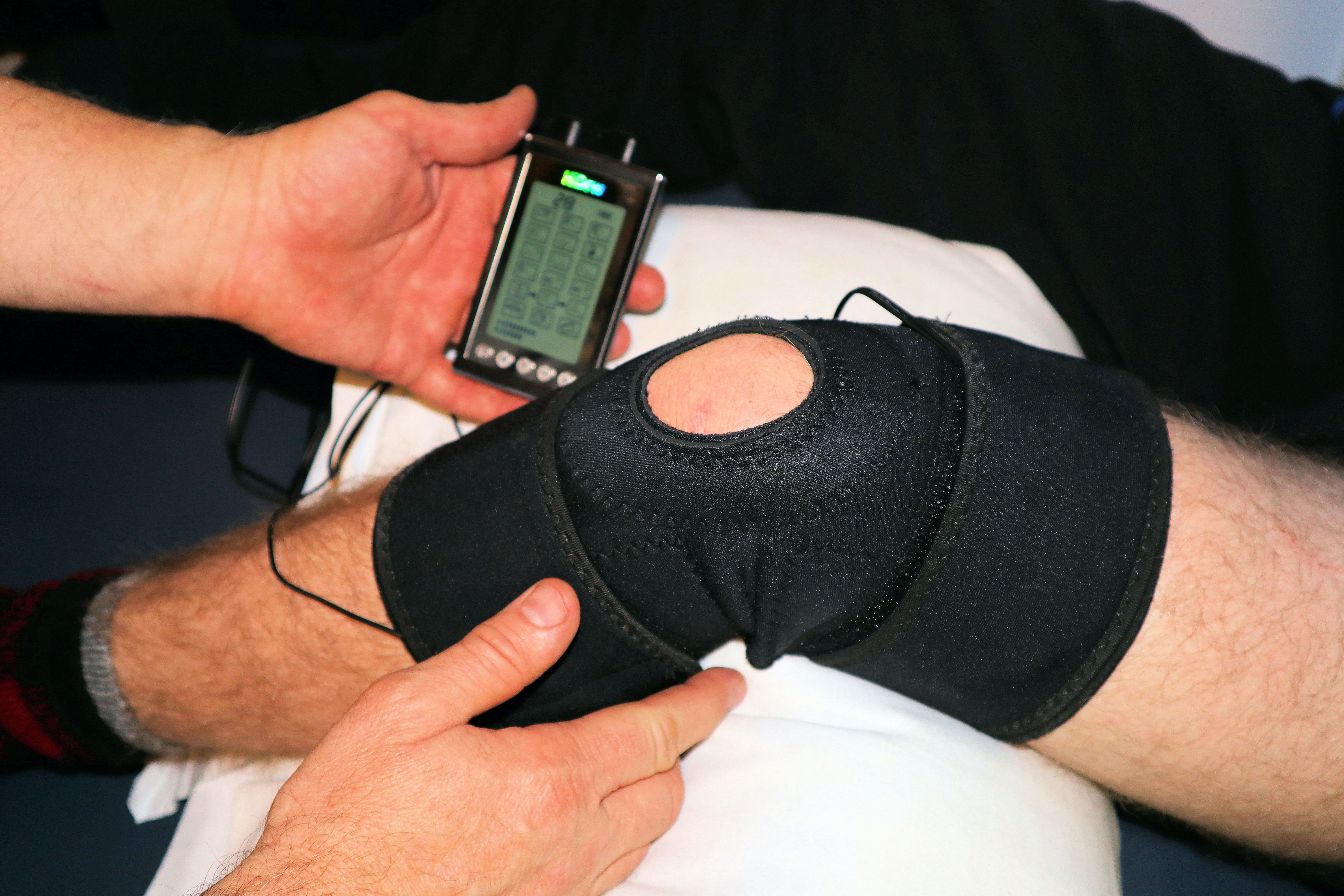 Transcutaneous electrical nerve stimulation (TENS) is a non-invasive peripheral stimulation technique used to relieve pain.
Transcutaneous electrical nerve stimulation (TENS) is a non-invasive peripheral stimulation technique used to relieve pain.
A transcutaneous electrical nerve stimulator (TENS) sends electrical pulses through the skin to start your body’s own pain killers. The electrical pulses can release endorphins and other substances to stop pain signals in the brain.
A TENS may be used to help with many types of chronic (long-term) pain, such as:
Arthritis or other joint pain
Back and neck pain
Fibromyalgia
Muscle pain
Neuropathic pain
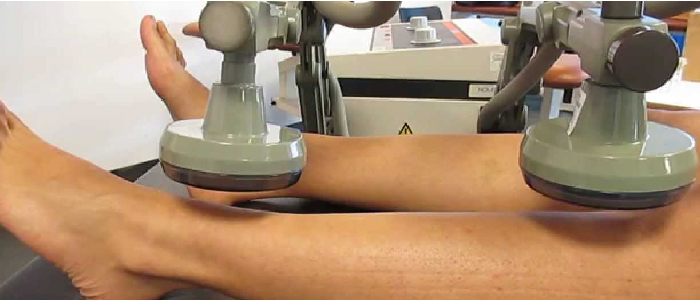
Short Wave Diathermy (SWD) is a treatment that uses electromagnetic energy to produce deep heating in joints and soft tissues. This form of heat can be applied to deeper structures than other forms of heat treatment.
SWD is a therapeutic modality that is most commonly used for joint conditions such as rheumatoid arthritis and osteoarthritis. The term diathermy refers to the creation of heat using electrical pulses. In diathermy, a high-frequency electric current is delivered via shortwave, microwave, or ultrasound which is able to generate deep heat in body tissues. The heat can be used to improve circulation and/or to relieve pain.The main benefits for decreased pain and inflammation is it allows patients to gently increase their range of motion allowing them to move with more ease and participate in rehabilitation with more comfort.
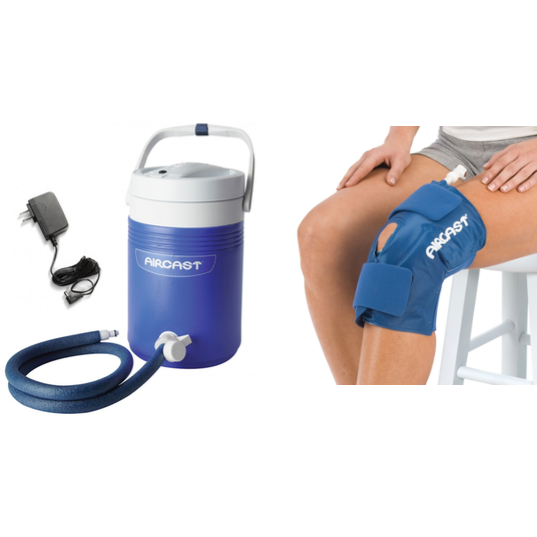
Heat and Ice are used in the clinic in a variety of ways. The moist heat packs assist with relaxing tense muscles and stiff joints and also for reducing pain. The ice is of value to decrease swelling in an injured area of the body.

We are expertised in training your flexibility. Our Therapists tailor your exercises and stretching type depending on the treatment goals you want to achieve. Flexibility training can help you with your performance in the gym and prior to sporting events, so it should be established into a warm-up regime.
Regarding flexibility and what stretches you should include in your routine, please contact us to arrange a treatment session.
 Stretching has a ton of benefits, but it’s important to do it properly. Stretching can help prevent injuries, reduce muscle tension, and improve flexibility. But it’s crucial to practice proper stretching techniques.
Stretching has a ton of benefits, but it’s important to do it properly. Stretching can help prevent injuries, reduce muscle tension, and improve flexibility. But it’s crucial to practice proper stretching techniques.
Our physiotherapist will be able to target areas of restricted movement that may cause pain or otherwise limit your flexibility. In this way you can regain full range of movement and reduce the risk of further pain or injury.
Stretching can help reduce the likelihood of injury occuring.
The main rehabilitation benefits to our stretching programmes include;
Increased range of movement
Decreases muscle tension / tone
Increases proprioception, awareness of body position
Improves neuromuscular co-ordination
Reduces the risk of muscular and soft tissue injury
Improves sweep of synovial fluid around joint capsule, supplying nutrients.
Our friendly and supportive physiotherapists can demonstate a variety of effective stretches.
If you would like to know more about our stretching programmes or wish to book yourself please contact us .